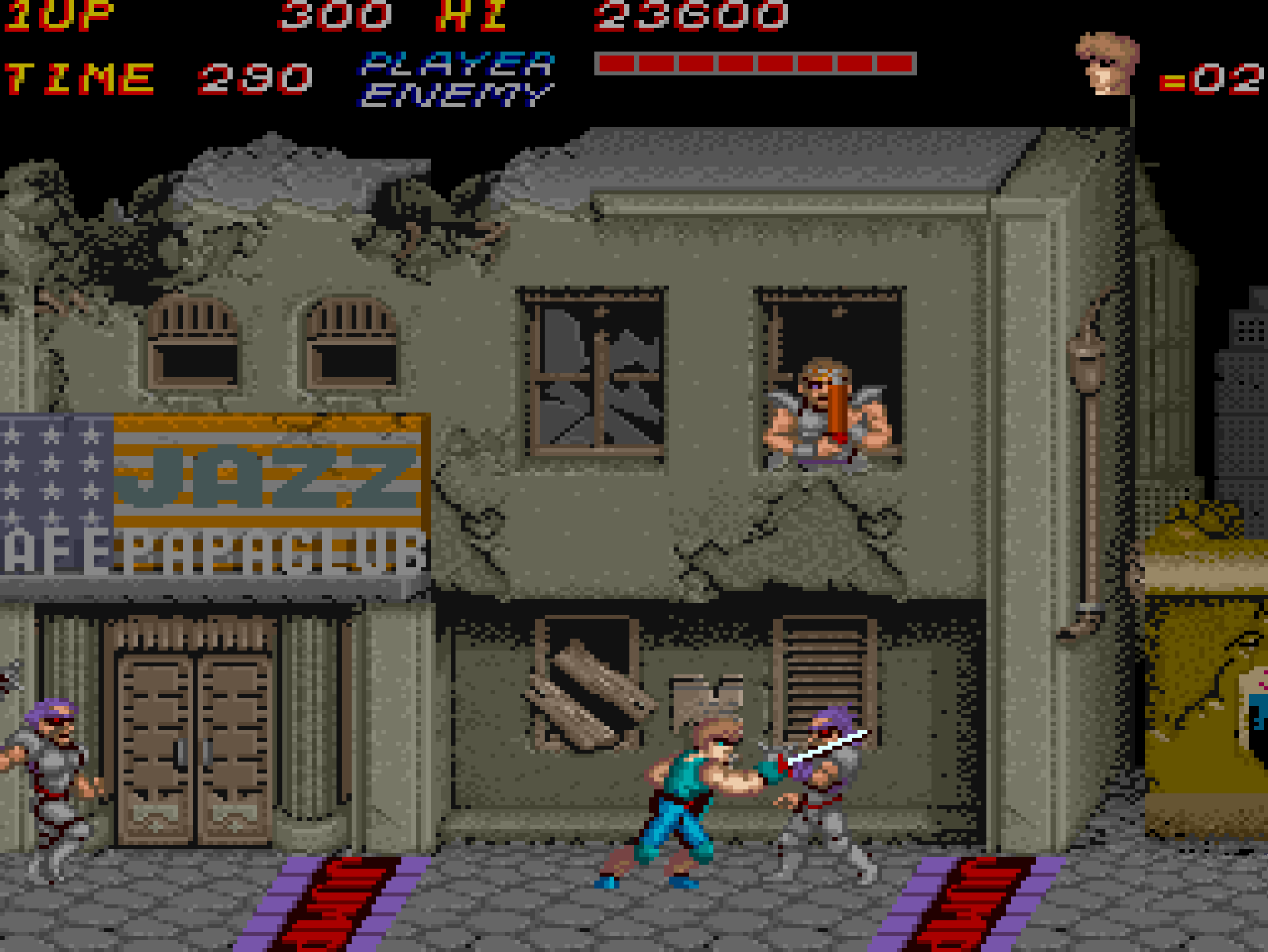Introduction
Released in 1986, Trojan is a side-scrolling arcade action game developed by Capcom. Set in a ruined world after a nuclear war, it blended beat ’em up combat with platforming and swordplay. Its combination of fast action, moody visuals, and challenging enemies made it stand out among Capcom’s early releases.
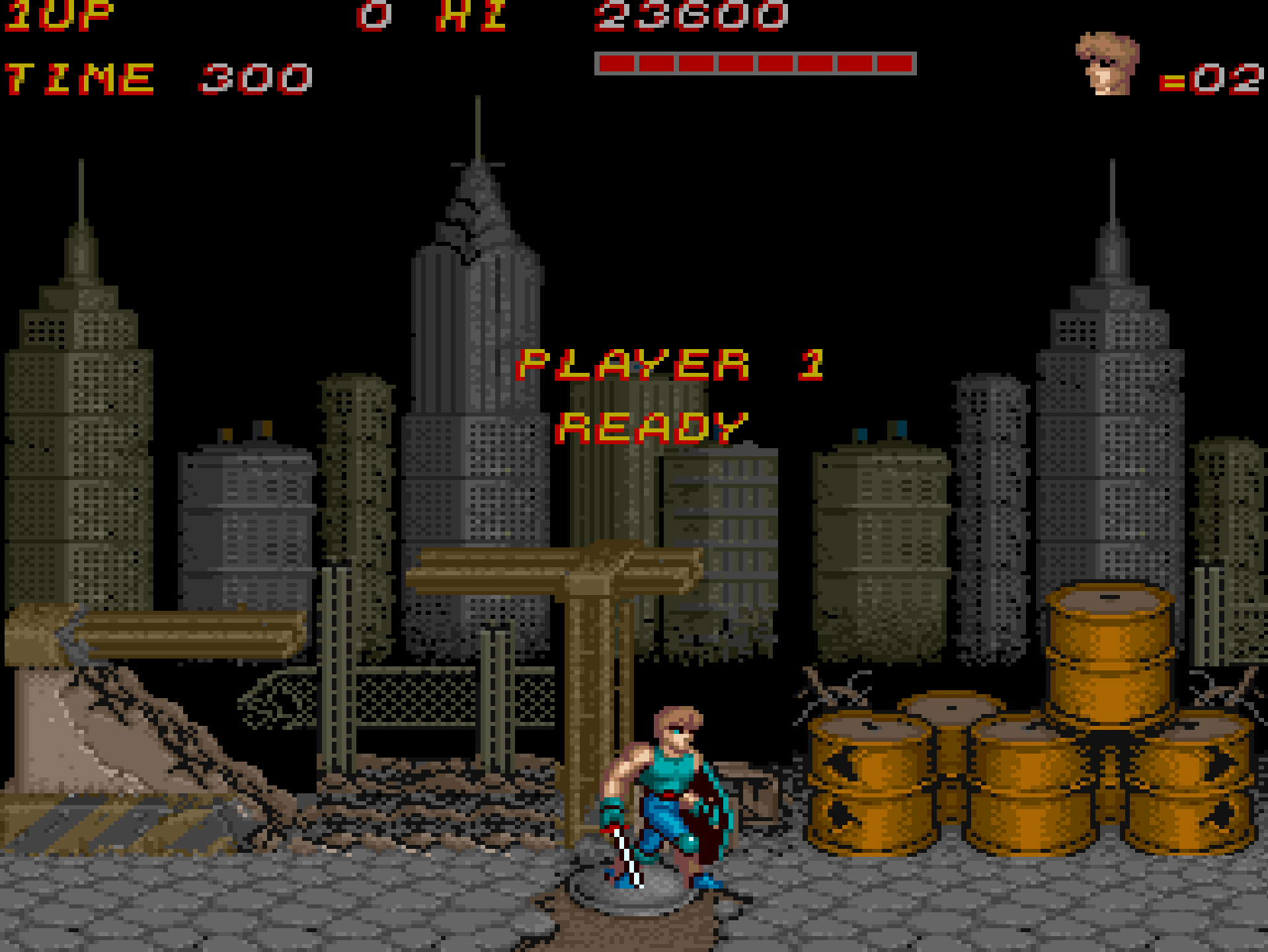
Development and History
- Developer: Capcom
- Publisher: Capcom
- Release Date: 1986
- Hardware: Capcom arcade hardware
Designed by Tokuro Fujiwara, who also worked on Ghosts ’n Goblins, Trojan was created to combine weapon-based action with a challenging level design. The team wanted to build on platforming conventions while adding defensive mechanics like shield blocking. Development emphasized tight controls and memorable boss battles that would push players’ reflexes.
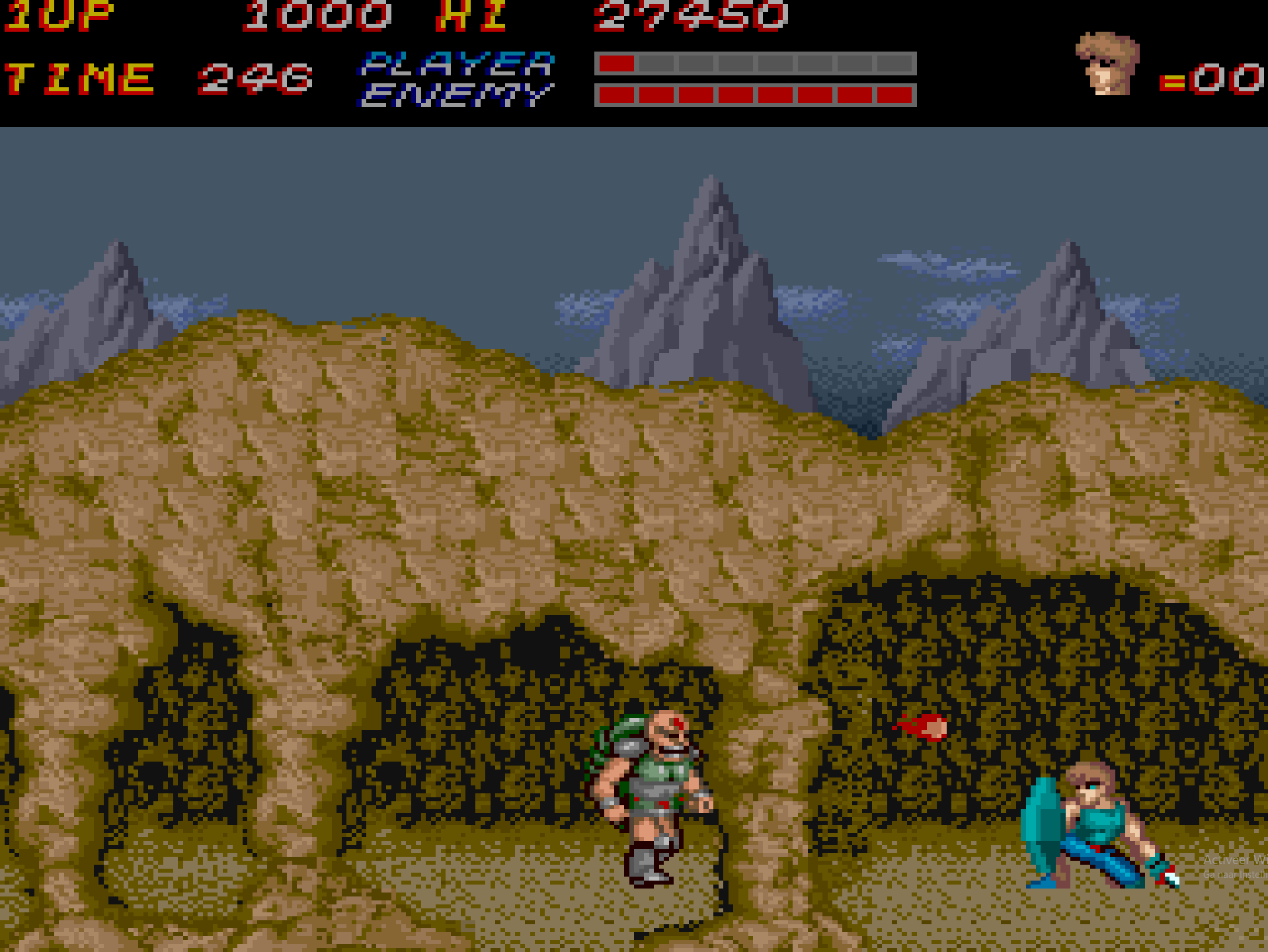
Gameplay Video
Gameplay and Mechanics
Players control a lone warrior fighting through enemy-infested ruins.
Key gameplay elements:
- Sword and Shield Combat: Attack with a sword and block with a shield
- Power-Ups: Collect health and bonus points
- Platforming Sections: Jump between ledges and avoid traps
- Enemy Variety: Mutants, armored soldiers, and bosses
Each stage ends with a powerful boss battle that requires careful timing.
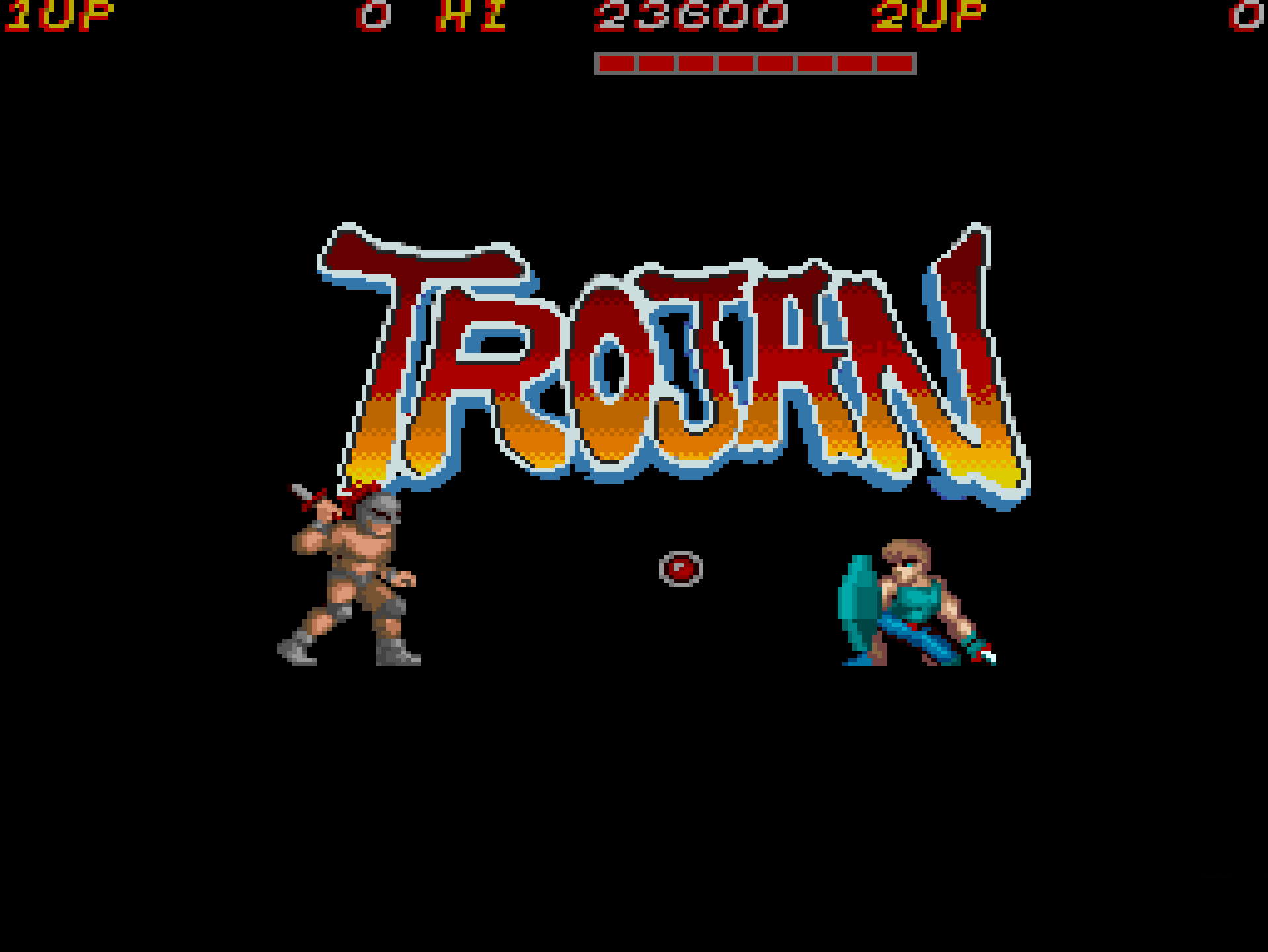
Cultural Impact and Legacy
- One of Capcom’s first side-scrolling action games
- Ported to the NES with additional features
- Served as an early influence on Capcom’s later brawler titles
- Remembered for its mix of sword combat and platforming, paving the way for future hits like Final Fight
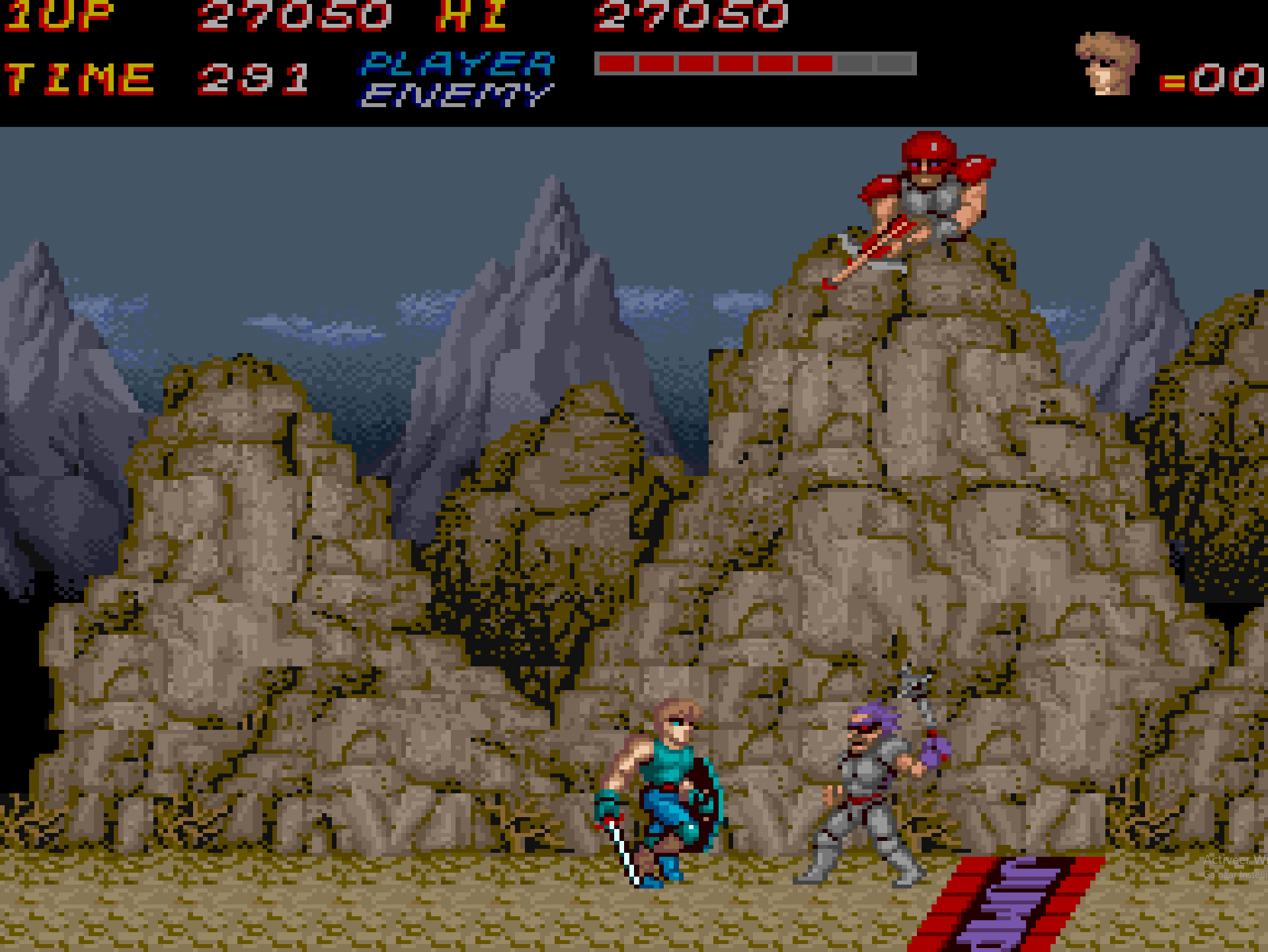
Fun Facts
- The NES version included a one-on-one versus mode
- Known in Japan as Tatakai no Banka (“Elegy of Battle”)
- The protagonist’s design shares elements with Ghosts ’n Goblins’ Arthur
- The arcade cabinet featured striking post-apocalyptic artwork
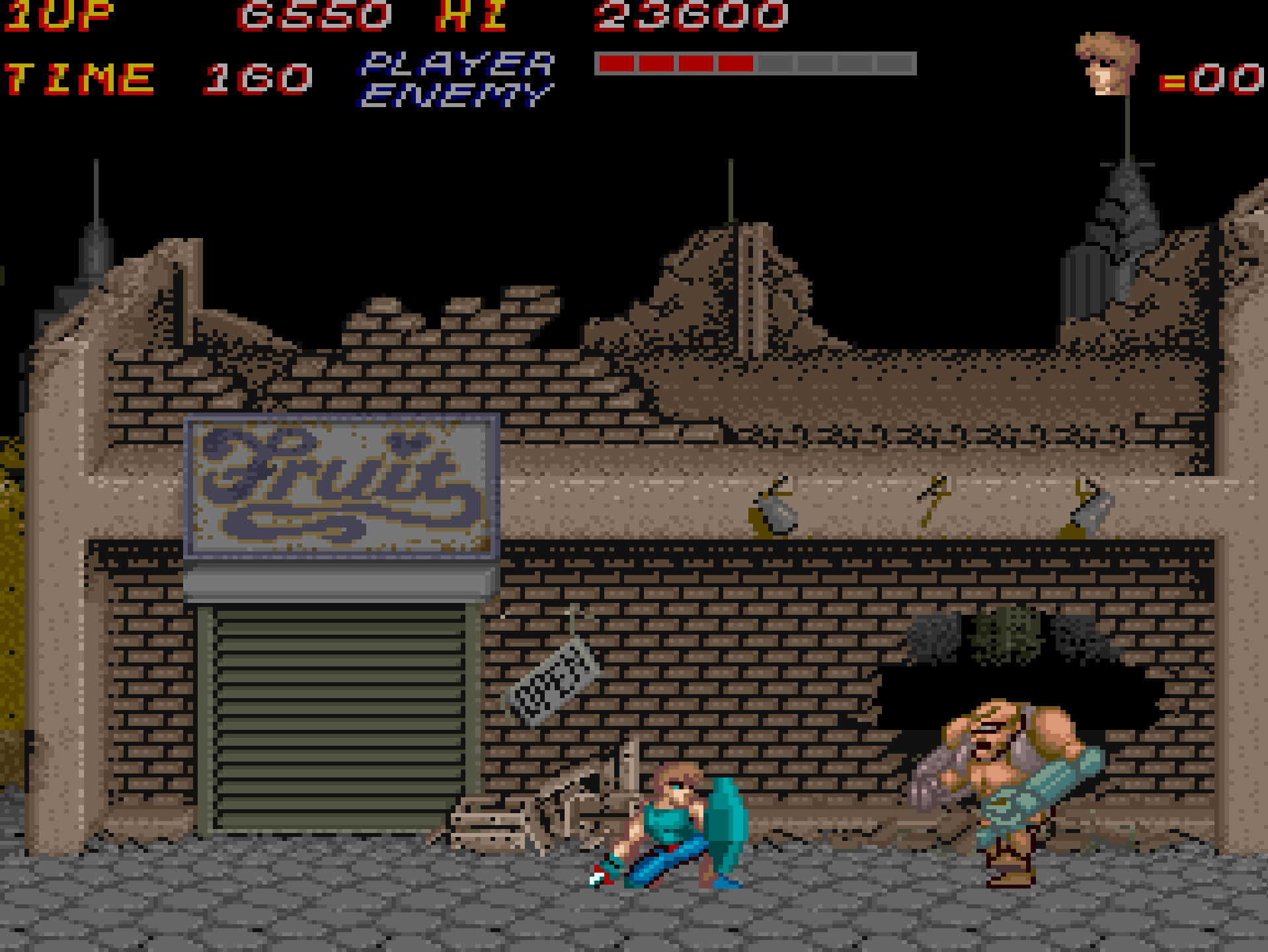
Conclusion
Trojan delivered a blend of sword-fighting, platforming, and arcade action that set the stage for Capcom’s future hits. Its combination of weapon combat and challenging levels helped establish the company’s reputation for tight, engaging gameplay. While less famous today, it remains a fascinating piece of Capcom’s early arcade legacy that continues to attract retro fans.
Want to Go Deeper Into Arcade History?
If this game left you craving more, dive into the complete stories behind some of the most iconic arcade genres and franchises. These articles explore the rise, innovation, and legacy of the games that shaped arcade culture:
- Top 25 Hidden Gem Arcade Games of All Time - Unearth the overlooked classics that still shine bright for arcade enthusiasts today
- Top 25 Beat ’Em Up Arcade Games of All Time – Discover the ultimate ranking of the greatest beat ’em ups ever to hit arcades
- The History of Beat ’Em Up Arcade Games – From Double Dragon to Final Fight, here’s how brawlers ruled the late ’80s.
- Donkey Kong’s Rise to Fame: How a Desperate Bet Created a Gaming Legend – The untold story of how Nintendo turned failure into a global icon, launching Mario, Miyamoto, and a new era of arcade storytelling
- The Economics of Arcade Gaming: The Golden Age of Coin-Op – This article explores the full arc of arcade economics: the explosive rise, the industry-shaking crash, and the waves of reinvention that kept the business alive
- The Complete History of Mortal Kombat Arcade – How a gritty fighter became a pop culture phenomenon.

